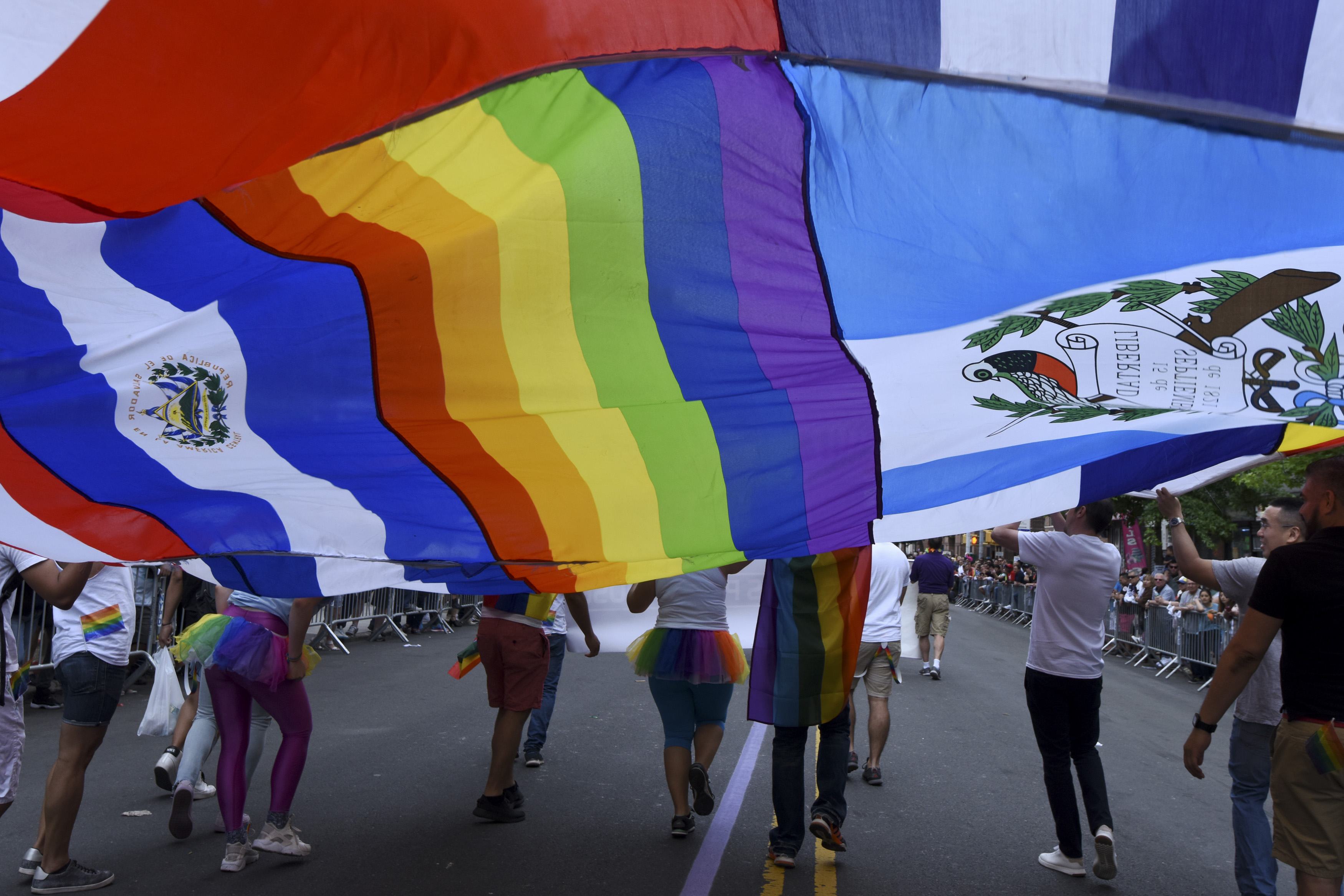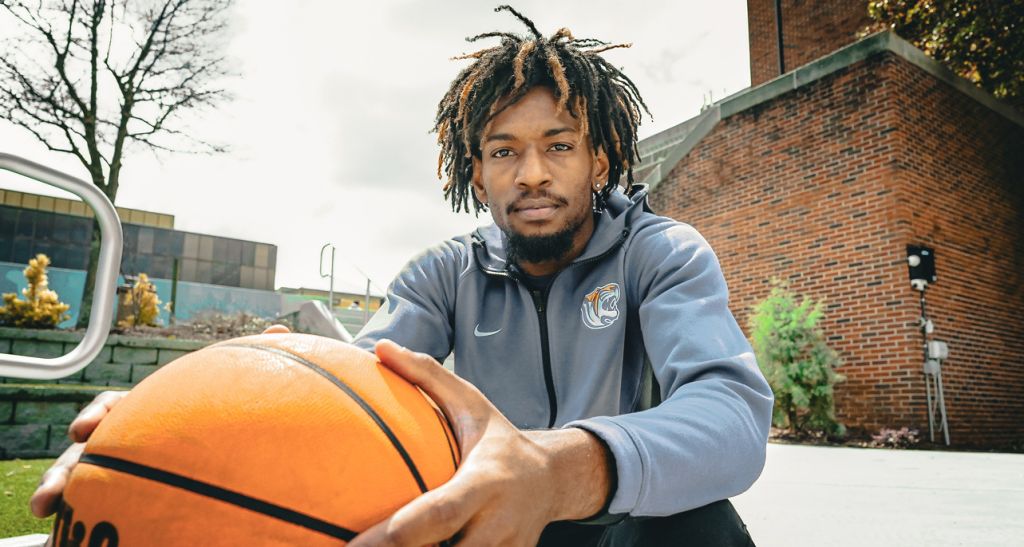
Source: VIEW press / Getty
Latinx communities struggle with talking about topics related to gender and sexuality. But when there’s a lack of LGBTQ+ representation in media, there are few entryways for a conversation.
According to GLAAD , the overall percentage of LGBTQ+ characters on scripted primetime series was a scarce three percent. Thirteen of the 19 (68% LGBTQ characters were gay men, 3 of them were (16%) lesbian women, and 2 of them (11%) were bisexual women. Four were in the closet, three stories centered solely on coming out, six did not have motivations of their own, five were included as comic relief, and six characters died. There was only one straight trans woman featured, and no trans men in a primetime series.
“The Williams Institute has reported that approximately 1.4 million Latinx people living the U.S. identify as gay or lesbian. As estimated 21% of the 1.4 million transgender people in the United States are Latinx,” reads the report. “LGBTQ people of color are more likely to be raising children. The Spanish-language television industry is thus not reflecting back the realities of a sizable portion of its audience.”
Monica Trasandes, the director of Spanish-language and Latinx media and representation at GLAAD, and Janet Quezada, a campaign manager at the organization, co-authored the report. Quezada noted that in both English and Spanish-language media, LGBTQ+ representation is often limited to gay men.
As the study points out, Afro-Latinx and Latinx people of indigenous descent were missing from representation as well. This further isolates those who live at the intersections of being marginalized by their race and their sexual and/or gender identities. If these unique stories aren’t told, they won’t be considered valid.
“Some communities, like transgender men and bisexual men, aren’t represented at all in Spanish language media,” Quezada said. “That lack of representation is harmful. It impacts policy, because they don’t think there’s a problem.”
Likewise, because people at home aren’t watching diverse representations of queerness and transness, many Latinx families still don’t know how to react when loved ones come out. There’s also a significant lack of language in Spanish for queerness and transness. While “gay” has the same meaning in Spanish and English, “lesbiana” still has negative connotations. How are these conversations supposed to happen on television when we don’t even have the words for them in real life?
“It’s so important to sit down in front of your TV and see yourself represented so [your family] can understand more about you,” Quezada said. “When you don’t have that for your tía or your abuela, it robs you of the opportunity to get more understanding from your own family.”
















